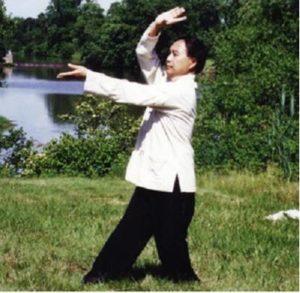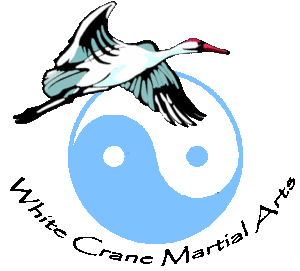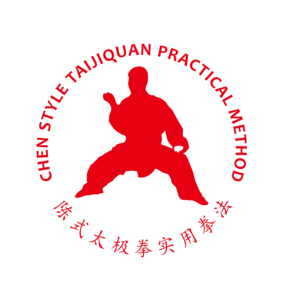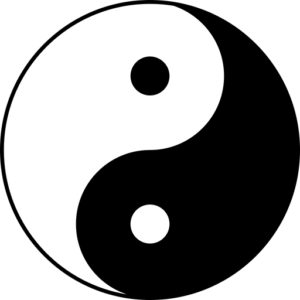Slanted FlyingJournal of Tai Chi Chuan
Training
Understanding The Science-Backed Health Benefits of Tai Chi: A Beginner’s Guide
Many Western fitness and exercise programs work from the outside to the inside. Strength training springs immediately to mind, and even running fits into this mold, at least to a certain extent. The idea is to strengthen the outside of the body, and the benefits then spread to the inside. This approach works for millions of people, there is absolutely nothing wrong with it, and more people should probably try it.
Tai chi is completely different, because it works from the inside to the outside. Essentially, many Chinese people believe that a person’s ying and yang must be aligned to bring about proper total body health. So, tai chi (pronounced “tie-chee”) consists of three elements, meditation, movement, and deep breathing, to accomplish this objective. Note that only one of these pillars has anything to do with the muscles.
If people like NBA star Stephen Curry give tai chi a try, there must be something to it. What benefits can this ancient Eastern art form offer you?
Better Balance
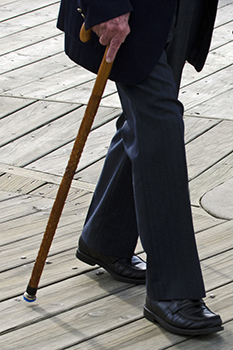 Many of us take the ability to put one foot in front of the other without falling over completely for granted. But for many people, this simple task that most of us perform thousands of times a day seems like a mountain that’s impossible to climb.
Many of us take the ability to put one foot in front of the other without falling over completely for granted. But for many people, this simple task that most of us perform thousands of times a day seems like a mountain that’s impossible to climb.
Lack of confidence may be the problem, especially among seniors. Many fall victims never completely recover, as most seniors who fall end up in nursing homes shortly thereafter. Tai chi’s slow, gradual movements restore this confidence, in many cases.
Physical injury is often an issue as well. Brain injury victims often have significant problems with balance, and they basically forget what it feels like to stand up straight and have complete control over their own bodies. In a nutshell, tai chi restores that control.
Improved Endurance and Strength
To most casual observers, it may seem like the slow, controlled movements in tai chi do absolutely nothing to build strength. But anyone who practices tai chi will tell you differently. The evidence is not just anecdotal, as there are a number of scientific studies (including this one) which conclude that three days a week of tai chi has a significant toning effect.
The added strength also helps people with poor posture, because in many cases, weak core muscles cause this condition.
Illness Prevention
This concept goes back to the yin/yang idea discussed above. Chronic illnesses are physical and not psychosomatic, so it is impossible to think your way to health, no matter how many positive thoughts enter your mind. But ruminating on the pain makes the pain worse, and that’s where the meditation component of tai chi comes in. The deep breathing helps as well, because practitioners exhale toxins while they inhale oxygen.
The list of chronic illnesses which tai chi can either prevent or render more manageable is very long and includes:
● Depression,
● Arthritis,
● Carpal tunnel syndrome (learn more here),
● Hypertension, and
● Digestive issues, like irritable bowel syndrome.
Again, since tai chi works from the inside to the outside, it helps in these areas, since these conditions go from the inside to the outside as well.
Lower Stress
Those squeezable executive stress balls really do help, but only for a few minutes, because distraction is not a long-term solution to an issue like chronic stress.
In contrast, permanently lower stress (not permanently eliminated stress, mind you) is one of the top benefits of tai chi. The movement is relaxing, sort of like being rocked on a ship at sea. The deep breathing helps as well, since that relaxing movement comes to your heart and lungs in addition to your arms and legs. Finally, unless you reflect on stressful things, the meditation takes your mind off your stress.
When all three of these things act in concert, the result is almost always a noticeable improvement in your mood and overall stress level
There are many other potential tai chi benefits as well, such as better coordination, more flexibility, and improved circulation. Not all tai chi practitioners will experience all these benefits, but everyone gets something.



